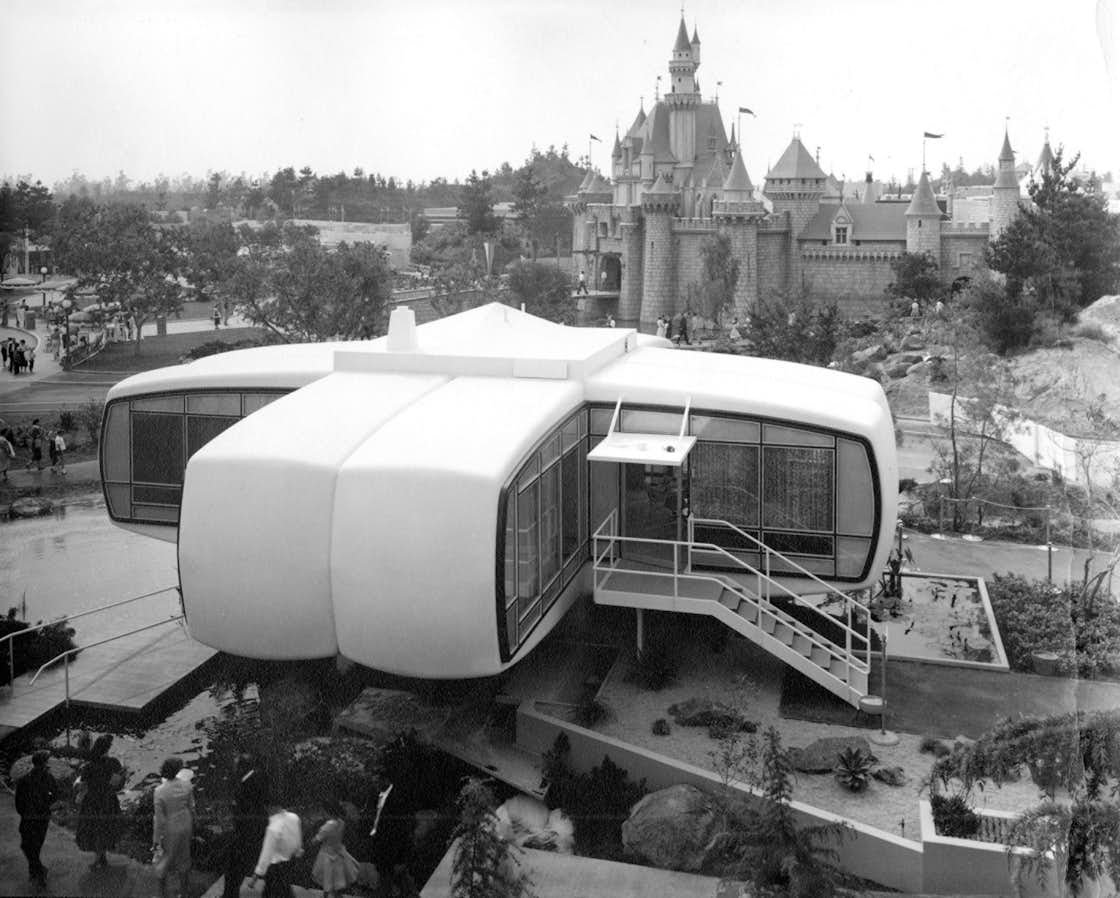The Monsanto House of the Future was more than a Disneyland attraction; it was a window into a world that could be. From 1957 to 1967, twenty million visitors passed through those doors, lulled by the idea that in that house of the future made of plastic, life would be better for everyone. But how much of that vision has materialized?
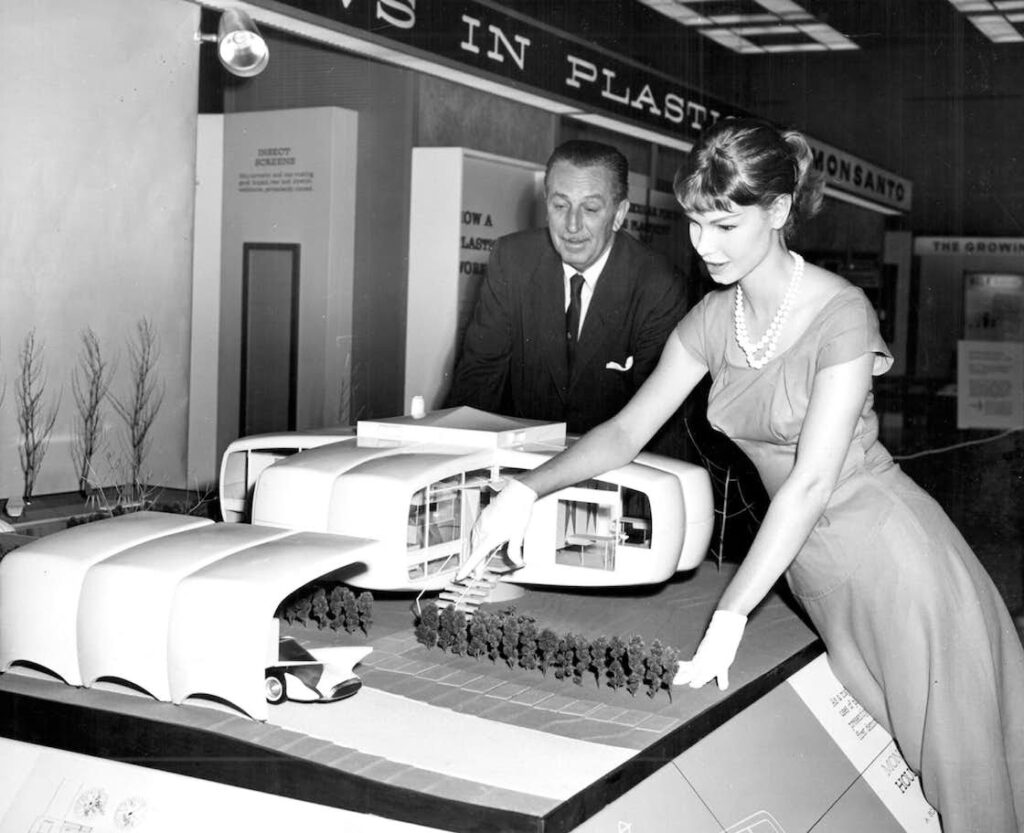

Monsanto House of the Future: journey between fulfilled dreams and broken promises
The House of the Future was, in its way, a symbol of the progress and optimism of a post-war America. It was a prototype house set in 1986 (30 years in the future) that showed the possibilities of using plastic in the construction industry.
Looking at it today gives off a strange sensation: you have the impression of seeing something very current, even compared to the houses that would later arrive in the 80s. But not all innovations have found fertile ground. Some, like the ultrasonic dishwasher and food preserved with gamma radiation, remained in the realm of fantasy.
However, some have actually found practical application. Today, most new homes use prefabricated tubs and showers glass fiber. THE Formica worktops and other plastic laminates they have become common, not only as work surfaces, but also as an exterior covering for furniture made from inexpensive particle board. Overall, what have we learned?
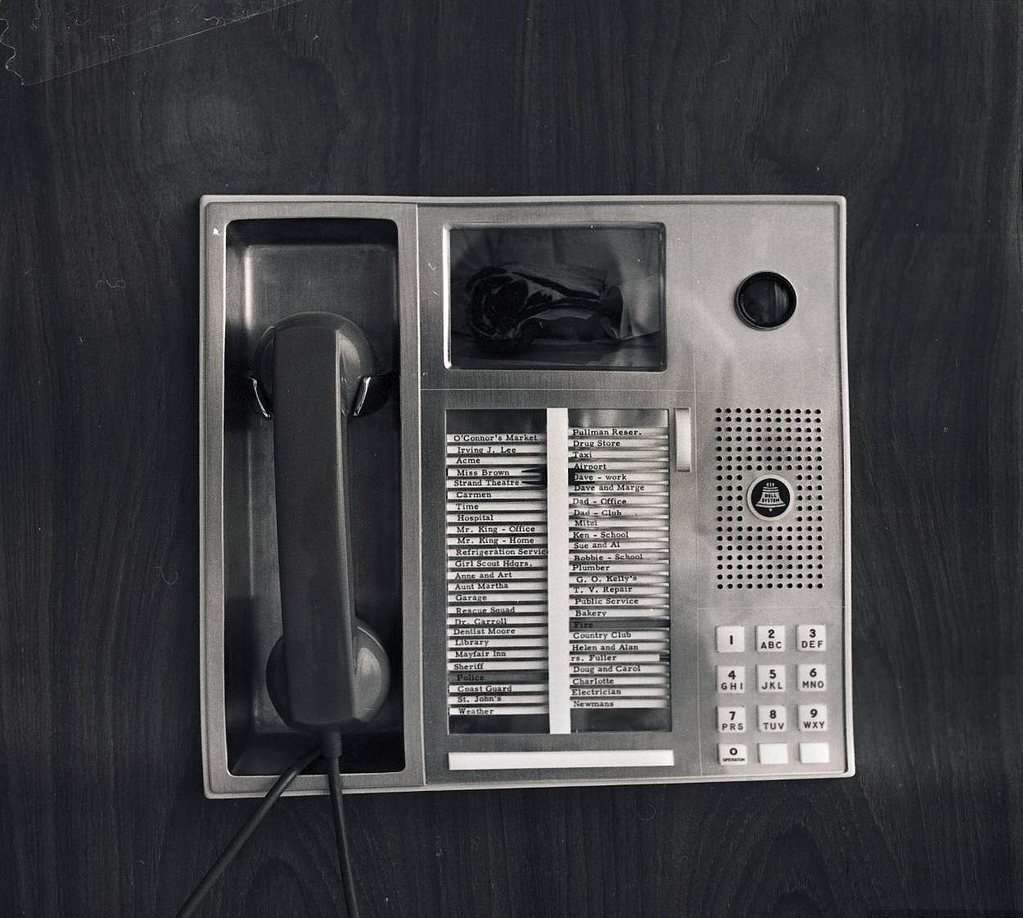
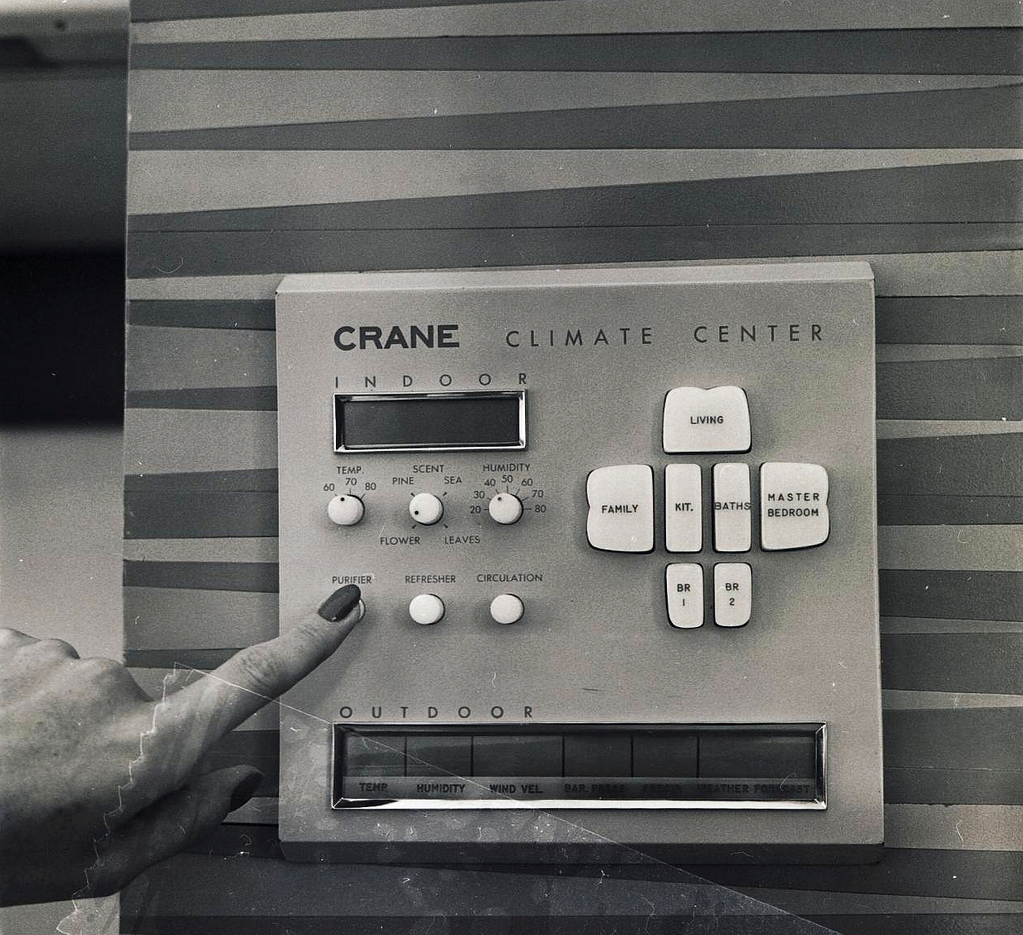

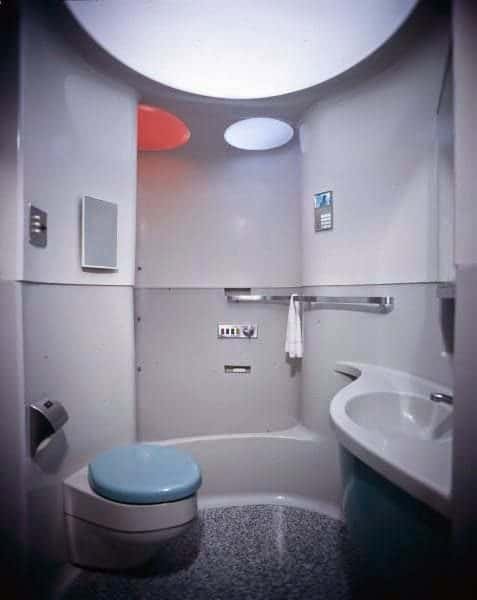
The house of a different future: a valuable lesson
Perhaps the biggest lesson we can take away from the House of the Future is that innovation is not always linear. Some ideas may seem revolutionary at the time, but then turn out to be too expensive or impractical. This obviously does not mean that we should stop dreaming, or looking for innovative solutions.
As technologies advance and social needs evolve, some of the “failed” ideas may find new life. We imagine a world where an ultrasonic dishwasher could help fight the global water crisis. Or where sustainable materials (a new dream) could replace plastic (an old dream turned nightmare) in many areas of daily life.
In short (Italian only)
The Monsanto House of the Future showed us a world that could be, and in some cases, a world that became (for better, but also for worse). Prophetically, the House of the Future itself was very difficult to demolish: the wrecking ball bounced right off the shell (plastic!), the workers had to saw it into many pieces, which took weeks.
It's a reminder that innovation is a winding path, full of ups and downs, but always worth exploring. After all, the future is a book yet to be written, and it is up to us to decide which chapters to add.
